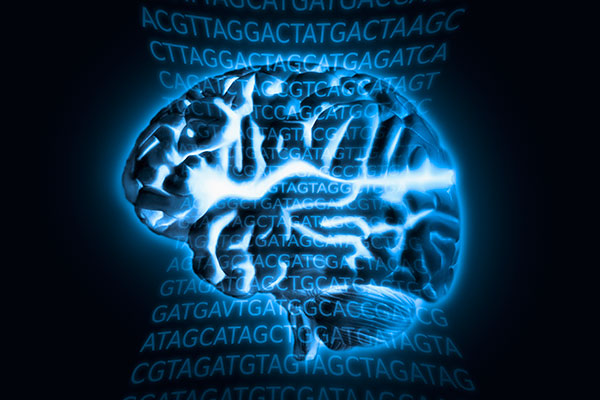Once overlooked by neuroscientists, microglia—professional scavengers of neurotoxic deposits in the brain—have emerged as a key focus in research on neurodegenerative diseases such as Alzheimer’s disease (AD) and multiple sclerosis (MS). Yet, molecular mechanisms underlying microglia’s neuroprotective role remain unclear.
In a new study, scientists at the University of Virginia (UVA) and the University of Wisconsin, Madison, identified a new molecular target that could lead to better treatments for a range of neurodegenerative diseases caused by the brain’s inability to cleanse itself of toxic buildup.
“Unfortunately, medical doctors do not currently possess effective treatments to target the root causes of most neurodegenerative diseases, such as AD, Parkinson’s disease, or amyotrophic lateral sclerosis (ALS),” said John Lukens, PhD, a neuroscientist at UVA. “We have discovered a master-controller of the cell type and processes that are required to protect the brain from these disorders.”
To better understand how microglia limit the deposition of toxic debris in neurodegenerative diseases, the investigators disrupted the expression of a microglial signaling molecule called spleen tyrosine kinase (SYK) in mouse models of AD and MS, and found that the mutation prevented microglia from efficiently engulfing beta-amyloid deposits in the brains of the AD animal model and cut down the generation of phagocytic disease-associated microglia (DAM), while increasing the deposition of damaged myelin in the MS animal model.
The study, published in the journal Cell, shows SYK regulates microglial activation and function. When the function of SYK is lost or impaired, the severity of both AD and MS increases in animal models. On the other hand, SYK activation limits neurotoxic deposits. The new findings enhance the understanding of innate immune signaling mechanisms that instruct microglial rescue missions that eliminate neurotoxic material in the brain.
“Our work further shows that targeting this novel pathway provides a potent strategy to eliminate the toxic culprits that cause memory loss and impaired motor control in neurodegenerative disease,” said Lukens, who is the senior author of the study.

The researchers used 5xFAD as an animal model of AD and EAE (experimental autoimmune encephalomyelitis) as an animal model of MS. The buildup of amyloid plaques in 5xFAD mice lacking SYK, was associated with memory loss measured by a reduced capacity to find their way in a Morris water maze. Removing SYK in EAE mice triggered the buildup of damaged myelin. When myelin, a protective coating on nerve cells, is damaged, neural transmission of signals is impeded, resulting in mobility issues and muscular spasms.
“Our work has described a critical element of microglial function during AD and MS,” said Hannah Ennerfelt, PhD, a postdoctoral researcher in Luken’s lab and the first author of the article. “Understanding the underlying biology of these cells during neurodegeneration may allow for scientists and doctors to develop increasingly informed and effective therapeutic interventions.”
Co-author of the study, Elizabeth Frost, PhD, said, “If boosting SYK activity in microglia can decrease the amount of myelin debris in MS lesions, developing new drugs to target SYK could stop the progression of MS and help to reverse the damage.” Currently available MS drugs, primarily suppress acquired immunity, resulting in increased susceptibility to infection and other fatal side effects.
Coco Holliday, an undergraduate student in Lukens lab said, “These findings are especially exciting because they point to a treatment avenue in which we could alter the behavior of these native brain cells, microglia, to behave in a more neuroprotective way.”
Future studies will focus on defining the key microglial receptors that rely on SYK to influence neurodegenerative disease progression and in vivo studies in relevant disease models to establish biological activators of the SYK signaling pathway.


